Blog Layout
The Sled Shed LLC: Elevating Sled Storage to a New Level of Convenience!
Feb 15, 2024
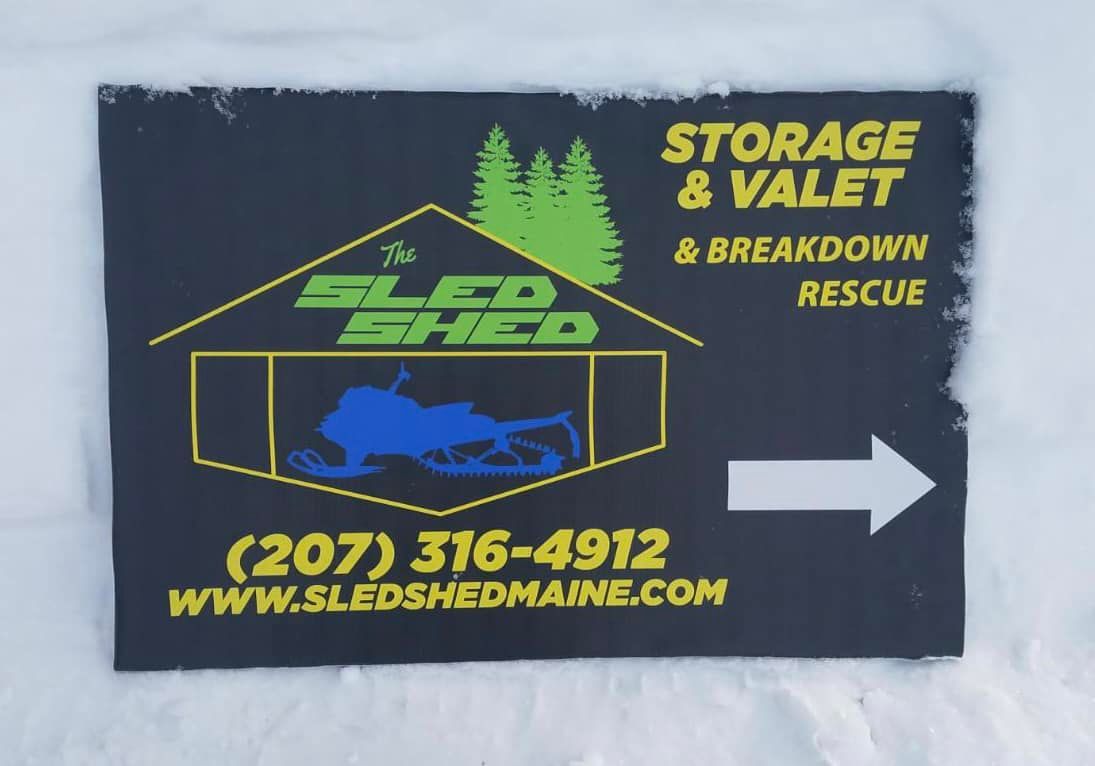
Introduction:
Every winter, snowmobile enthusiasts eagerly anticipate the snowy landscapes of Northern Maine; for some, the need for secure and hassle-free snowmobile storage becomes paramount. Imagine a facility that provides a haven for your sled and takes convenience to the next level. Welcome to The Sled Shed, a 64+ sled storage facility that goes beyond the ordinary, offering seamless coordination and delivery services, ensuring your snowmobiling experience is stress-free and focused on the thrill of the trails.
The Sled Shed isn't just another storage facility; it's a secure nest for your snowmobiles. With a safe space for your sleds, your winter companions are in good hands, sheltered from the elements, and ready for action whenever you are.
Every winter, snowmobile enthusiasts eagerly anticipate the snowy landscapes of Northern Maine; for some, the need for secure and hassle-free snowmobile storage becomes paramount. Imagine a facility that provides a haven for your sled and takes convenience to the next level. Welcome to The Sled Shed, a 64+ sled storage facility that goes beyond the ordinary, offering seamless coordination and delivery services, ensuring your snowmobiling experience is stress-free and focused on the thrill of the trails.
Safe Nest for Your Sleds
The Sled Shed isn't just another storage facility; it's a secure nest for your snowmobiles. With a safe space for your sleds, your winter companions are in good hands, sheltered from the elements, and ready for action whenever you are.
Sled Delivery to Your Doorstep
What sets The Sled Shed apart is its commitment to convenience. Depending on your chosen package, they go the extra mile by delivering your sleds directly to your accommodations in Northern Maine. No need to worry about the logistics of trailering –arrive and find your sleds waiting for you, ready to hit the trails.
Trail-Ready Sleds and Seamless Coordination
Choosing The Sled Shed means more time on the trails and less time dealing with transportation hassles. Coordinate your arrival by letting them know your schedule via calling, texting, or email, and they'll ensure your sleds are at your location when you land. Say goodbye to the complexities of coordinating for your snowmobile – The Sled Shed takes care of it all.
No Worries about Service Work
The Sled Shed isn't just about storage and delivery; they also have your back in maintenance. Coordinating with local dealers, they can schedule any needed service work on your sleds during your stay, ensuring your precious riding time isn't wasted on repairs.
Clean and Secure Returns
Every time your sled returns to The Sled Shed, it's not just stowed away – it's treated with care. Before storing, each sled undergoes a thorough thaw and cleaning, ensuring it's in top condition for your next adventure. No more worries about the wear and tear, just peace of mind for you and your sled.
Beyond Storage - The Rescue Mission
Beyond Storage - The Rescue Mission
What sets The Sled Shed apart is its commitment to ensuring that winter adventures remain enjoyable and safe. The facility goes beyond conventional storage by introducing a unique rescue snowmobile service. This innovative feature is designed to assist snowmobilers in challenging situations, whether due to technical malfunctions, extreme weather conditions, or unforeseen obstacles.
How the Rescue Service Works
The Sled Sheds rescue service operates on a simple yet effective principle. When you store your snowmobile with them, you gain access to a reliable rescue team ready to assist you whenever needed. Facing mechanical issues, a quick call to The Sled Shed LLC activates their dedicated rescue team.
Conclusion:
The Sled Shed isn't just a storage facility; it's a game-changer for snowmobilers seeking a stress-free and convenient experience. With their unique services, you can focus on the joy of the trails without the hassle of transportation logistics. Elevate your winter adventures with The Sled Shed – where convenience meets the thrill of Northern Maine's snowy landscapes.
Share
Tweet
Share
Mail
Sign Up for Our Newsletter!
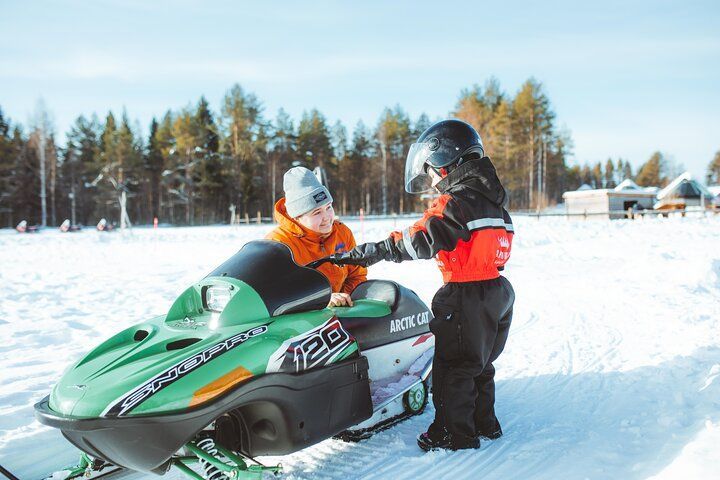
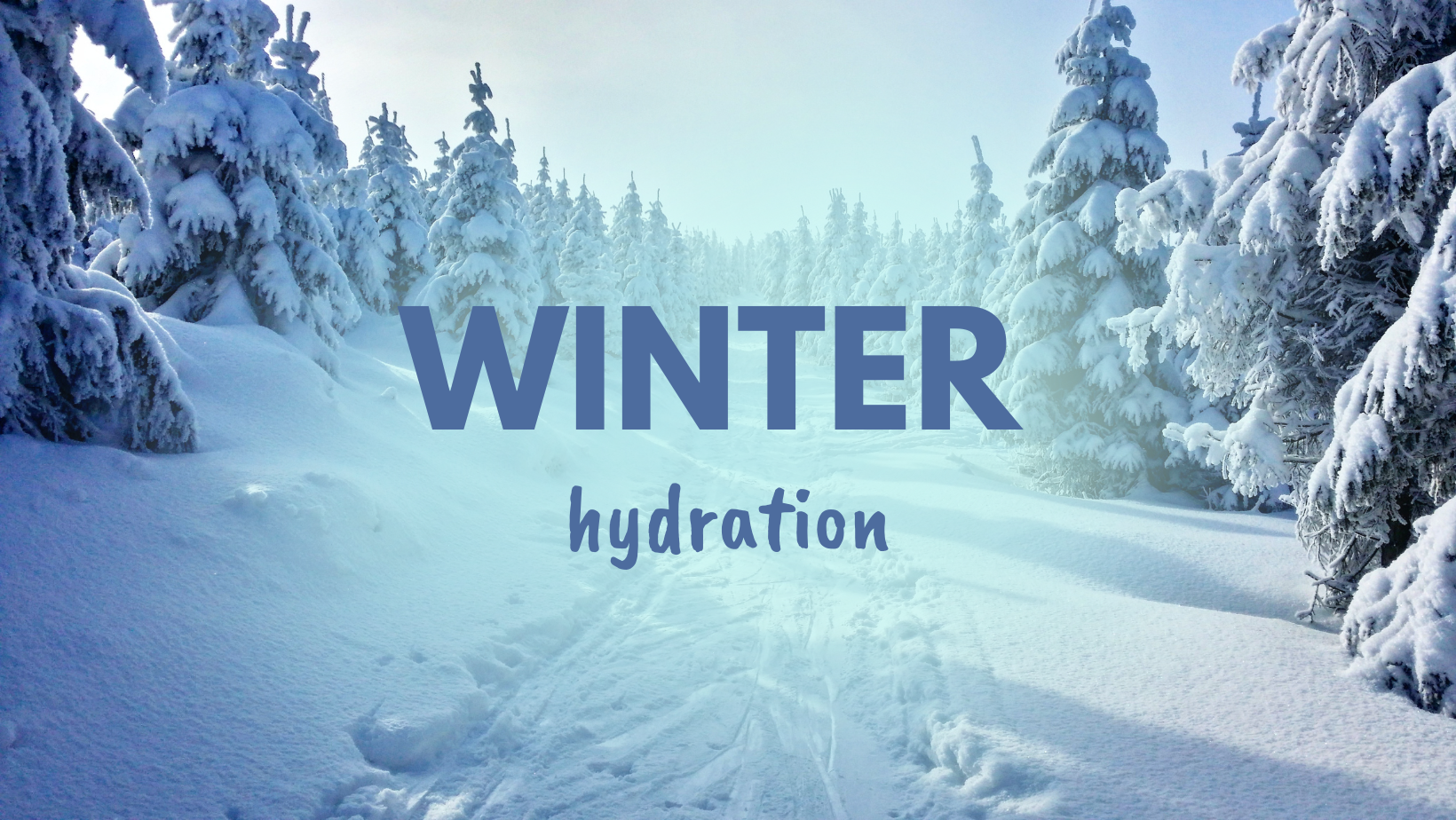
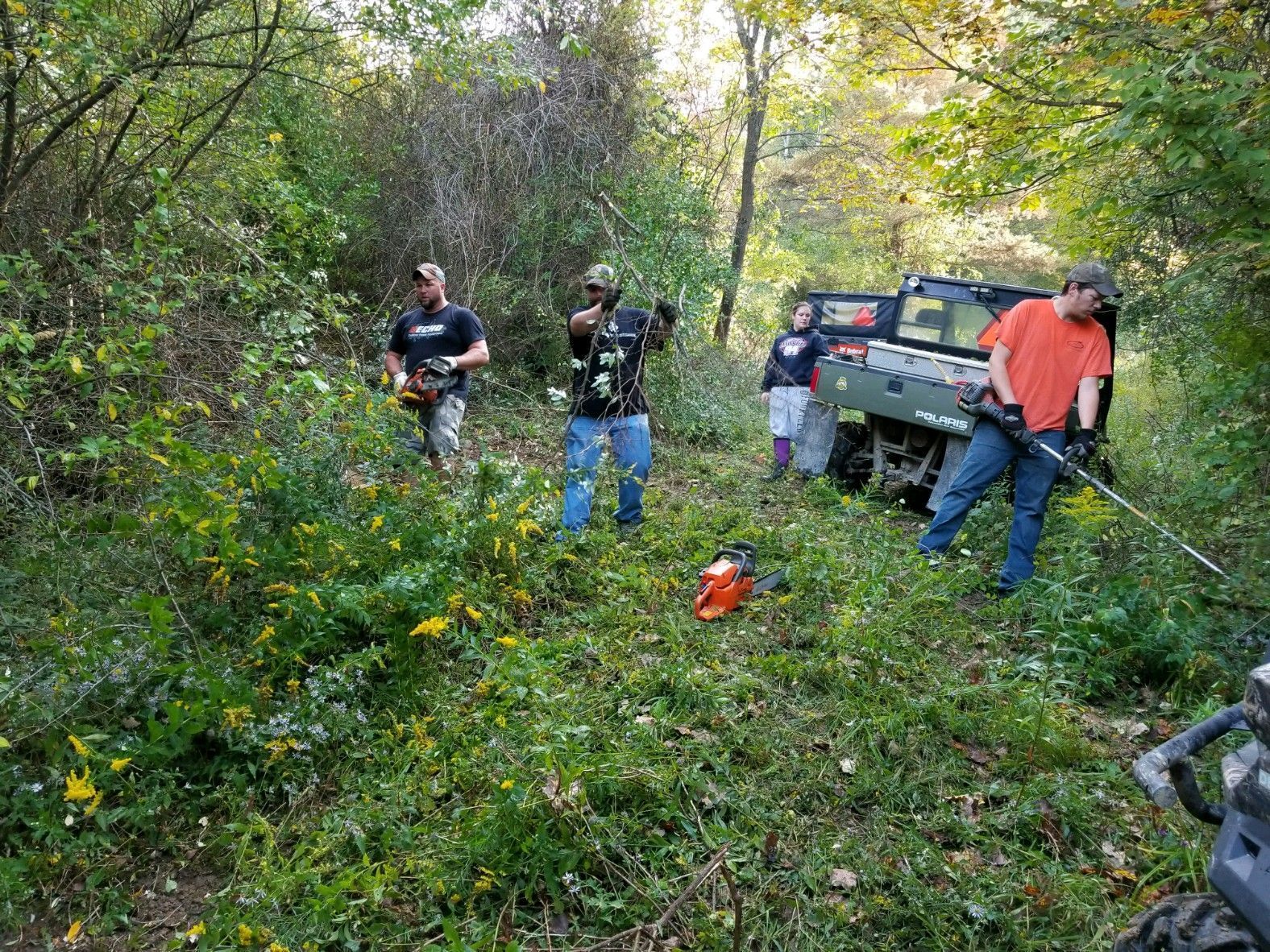 More Posts
More Posts
Go Northeast Snowmobiling Blog

22 Apr, 2024
Introduction: With its rush of speed and adventure, snowmobiling has long been a beloved winter activity for enthusiasts worldwide. Yet, as demographics shift and interests evolve, there's a need to ensure the sport's vitality by engaging the next generation. This blog will explore strategies for getting youth involved in snowmobiling, club participation, fostering a love for the great outdoors, and creating lasting memories. The Allure of Snowmobiling: Before we explore strategies, it's essential to grasp why snowmobiling captivates enthusiasts. Beyond the heart-pounding speeds and awe-inspiring landscapes, snowmobiling offers a one-of-a-kind sense of freedom and camaraderie. It's a chance to venture into vast expanses of different regions, form bonds with fellow riders, and escape the daily grind. By tapping into these aspects, we can effectively introduce young people to the joys of snowmobiling. Family and Community Involvement: Snowmobiling is more than just a sport; it's a bond that brings families and communities together. Encouraging parents to include their children in outings fosters a sense of togetherness and creates treasured memories. Moreover, community events, like snowmobile rallies, charity rides, and youth-oriented programs, allow young riders to connect with peers who share their passion. By nurturing these connections, we can build a supportive network that sustains interest in snowmobiling for generations to come. Creative ways to get youths involved in snowmobile club activities: Create activities geared for younger age groups: Develop programs and activities specifically tailored to the interests and preferences of young riders. These activities could include youth-oriented rides, skills workshops, social events, and educational sessions. By catering to their needs and aspirations, you can make club activities more appealing to the younger crowd. Offer mentorship opportunities: Pair seasoned riders with younger members to serve as mentors and guides. Mentorship programs offer invaluable learning experiences and foster intergenerational bonds. Encourage mentors to share their wisdom, provide guidance, and support young riders as they embark on their snowmobiling journey. This mentorship can inspire and guide the next generation of snowmobilers. Promote youth membership incentives: Consider organizing group outings or rides specifically for youths, allowing them to experience snowmobiling in a supportive and inclusive environment. By making club activities accessible and welcoming, you can attract diverse young participants. Emphasize Safety and Education: Provide safety courses and workshops. Ensure that young participants understand the importance of responsible riding practices, trail etiquette, and environmental stewardship. Ensure they know and understand the privilege of riding on private land. Teach the importance of respecting landowners as well as wildlife. Utilize Social Media and Technology: Leverage social media platforms and digital tools to connect with youths and promote club activities. Create engaging content, share photos and videos from club events, and encourage members to share their experiences online. Organize Youth-Focused Events: Host special events and competitions for youths, such as races, scavenger hunts, or skills challenges. These events provide opportunities for young riders to showcase their abilities, build confidence, and connect with peers who share their passion for snowmobiling. Offer prizes and incentives to encourage participation and make the events memorable experiences. Collaborate with Schools and Community Organizations: Partner with local schools, youth groups, and community organizations to promote snowmobiling and club activities. Offer presentations or workshops at schools to introduce students to the sport and educate them about safety practices. Collaborate with youth organizations to organize joint events or outings that expose young participants to snowmobiling. Encourage Family Involvement: Recognize the importance of family support in fostering youths' interest in snowmobiling. Encourage parents to participate in club activities with their children and create a family-friendly atmosphere at events. Organize trail work days and outings in the off-season, allowing families to bond and create lasting memories when they are not on their sleds. Embrace Innovation: In today's digital age, integrating technology and innovation into snowmobiling can capture the interest of tech-savvy youth. From GPS-enabled navigation systems to mobile apps that track trail conditions and weather forecasts, embracing technological advancements enhances the snowmobiling experience while appealing to younger generations. Virtual reality simulations and interactive online platforms can also offer immersive introductions to the sport, enticing youth to venture onto the snow. Conclusion: Engaging youth in snowmobiling is vital for the sport's future and an opportunity to cultivate a lifelong love for adventure and the outdoors. By prioritizing education, safety, community involvement, accessibility, youth-oriented initiatives, and technological innovation, we can inspire the next generation of snowmobilers.

08 Apr, 2024
Staying well-hydrated is essential for well-being and feeling alert and energetic on the trails. Keeping your body hydrated in any climate or temperature can be challenging, but when temperatures decrease, we may not feel as thirsty, which can often lead to dehydration. Dehydration occurs when the body lacks sufficient fluids to function correctly and maintain high energy levels. Regardless of outside temperatures, staying hydrated throughout the year is crucial. The body's response to cold weather and why staying hydrated is essential: When the body sweats, urinates, or defecates, it results in water loss. Recognizing sweating in colder weather can be challenging, so remaining aware is vital while bundled up in your snowmobile gear. Even if you typically don't sweat, water loss through the skin can still occur, and dry indoor heating can lead to dehydration without you noticing. Dry air can increase a human's breathing rate, along with the loss of humidity, resulting in respiratory water loss. Higher altitudes can also magnify these losses. Insufficient water intake not only leads to dehydration but also amplifies the risk of health issues such as kidney stones, urinary tract infections, and constipation. Up to 70% of the human body is water, which regulates everyday bodily functions. Water is essential for transporting nutrients, eliminating waste, supporting the immune system, hydrating tissues and organs, maintaining blood pressure, and regulating body temperature, crucial for preventing hypothermia during winter outdoor activities. Signs of dehydration: The first and obvious sign of dehydration is feeling thirsty. Other indicators include dark-colored urine, constipation, dry mouth, chapped lips and skin, headaches, difficulty concentrating, irritability, dizziness, and a rapid heart rate. Infants and older people are particularly vulnerable to dehydration. Seeking immediate medical attention is necessary if you experience decreased urine output, a fever between 101-103°F, or diarrhea lasting more than two days, as these are signs of severe dehydration. How much water is sufficient? Determining necessary water intake depends on the individual. Various factors should be considered, such as age, sex, activity level, altitude, weather, and overall health. A primary method to calculate minimum fluid requirements is to halve one's weight in pounds; for example, a person weighing 150 pounds should aim for at least 75 fluid ounces daily. To simplify, most men should maintain a regular intake of about 15 cups per day, and women should try and maintain an intake of around 11 cups per day. More is required for recreational and outdoor activities. While most people can maintain proper hydration with sufficient daily water intake, those experiencing heavy sweating, prolonged exercise, or significant fluid loss from fever may require sports drinks or electrolyte replenishment . Electrolytes and extra sodium are essential in staying hydrated when participating in more rigorous activities such as snowmobiling. The relief factor: At times, it can be inconvenient when nature calls while riding. If you are an avid snowmobiler, you already know this. It seems counterintuitive to work on staying hydrated when you need to keep using the woods as a pit stop. Below are some recommended tips on hydrating before and after you hit the trails so that trailside stops may be less frequent. It’s good practice to be mindful and respectful of fellow riders by jumping off the trail if you cannot make it to a public facility. Female nature enthusiasts find funnel devices easy and convenient for unplanned pitstops. There are various brands on the market today from which to choose. Hydrating tips: Start hydrating for several days before riding; at least 2 or 3 liters daily for a week. The "camel-ing up" method preps the body and helps hydrate your organs and veins. Continue water intake before and especially after each ride. Warm fluids like herbal teas or broths should be considered if plain water is unappealing. Flavor plain water with lemon and lime. Other fruits and unsweetened flavor packs are also good options. Electrolyte packets and beverages, such as coconut water , can be added to plain water or purchased for individual consumption. Sip from a portable water bottle throughout the day to encourage hydration. Water-rich foods can amplify hydration. Suggestions include leafy green vegetables, citrus fruits, melons, tomatoes, cucumbers, and homemade soups. Limit caffeine intake. Too much caffeine can contribute to dehydration. To prevent dehydration, consume an equal volume of water per caffeinated drink. Alcoholic beverages can quickly lead to dehydration and the risk of hypothermia. Try replacing alcohol with mocktails while stopping food/drink along the trail system. Ride responsibly! It's never a good idea to consume alcohol and operate a snowmobile. Establish a hydration routine, starting with a glass of water by your bedside and aiming to drink a certain amount throughout the day. Implementing these strategies and prioritizing water intake can help you maintain hydration and overall health during winter.

18 Mar, 2024
While you stow away your gear and snowmobiles for the off-season, your snowmobile club likely has many projects needing attention this summer. Here are several ways you can contribute to your club to prepare for the upcoming winter. 1. Trail Maintenance: Before the next season begins, ensure snowmobile trails are in top condition by joining work parties, clearing brush, repairing damage, and installing permanent signage. To complete the tasks more efficiently, lend personal equipment or extra tools. 2. Firewood: If your clubhouse has an indoor fireplace or outside firepit, help gather, split, and stack firewood. 3. Grant preparation: Help your club secure additional funding by assisting with grant applications or gathering valuable information such as trail work hours and expenses. You can find additional grant programs at https://www.polaris.com/en-us/trails-application/ and https://ski-doo.brp.com/us/en/snow-pass-grant-program.html . 4. Shelter Maintenance: Participate in maintaining and repairing essential cabins or warming huts. Join building crews if your club is constructing new shelters after securing grants. 5. Equipment Maintenance: Use your skills as a welder, mechanic, or electrician to help maintain groomers and drags during the summer and ensure they are ready for the next season. 6. Digital Presence Management: Keep your club's online presence active and engaging by updating social media pages with photos from previous seasons and current events. If needed, offer assistance in cleaning up and updating the club's website. 7. Preseason Membership Drive: Support your club by participating in preseason membership drives. 8. Fundraiser events: Help organize fundraisers and swap meets to boost the club's income and promote organized snowmobiling in your region. 9. Stay informed: Contact your snowmobile club's president or committee to inquire about ways you can contribute and follow social media for upcoming work events throughout the summer. 10. Membership: Snowmobile clubs and organizations rely heavily on membership funds and donations. Join your local club and donate where you can.
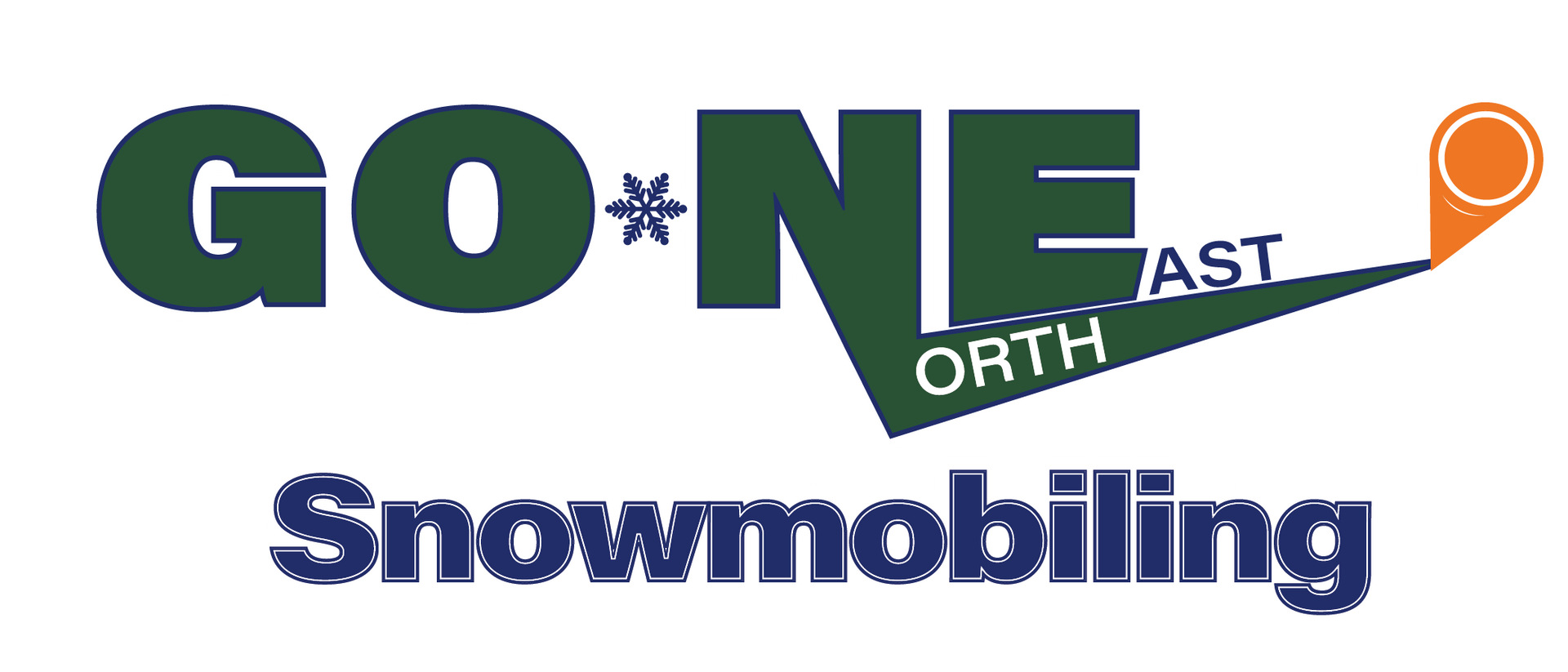
Planning Your Adventure Starts Here!
© Copyright 2023 Go Northeast Snowmobiling
QUICK LINKS
PLAN A TRIP
The content and information on this website have been provided for informational purposes only and are subject to change without prior notice. Website operators reserve the right to modify, update, or remove any content, features, or functionality. Changes may be made due to factors including, but not limited to, legal requirements, technological advancements, user feedback, and business considerations.